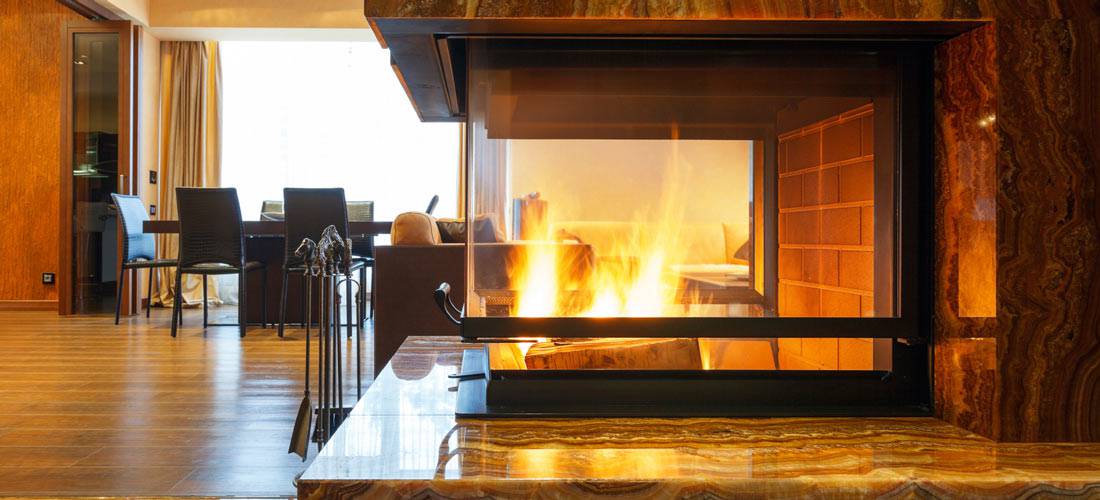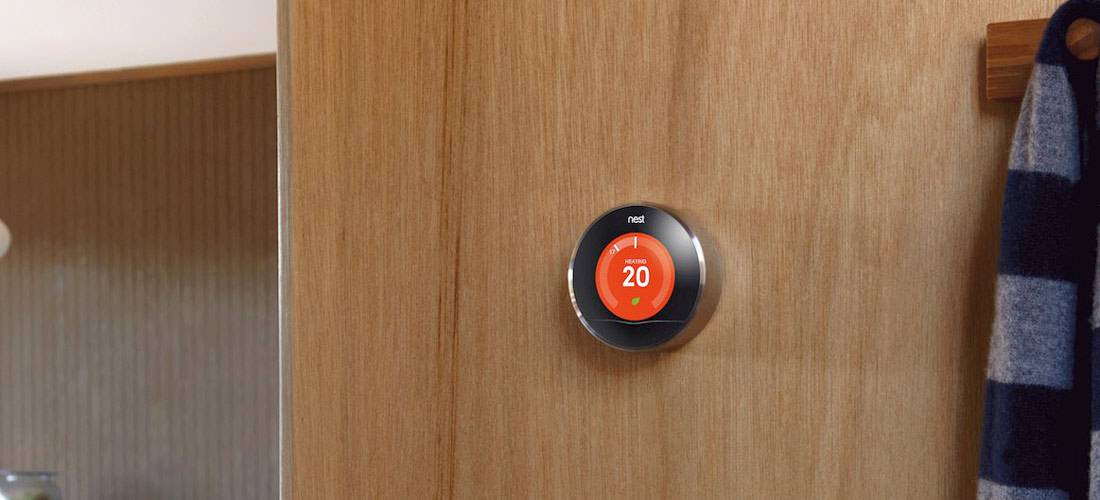As winter approaches, homeowners and home insurance companies alike experience a chill that is not even remotely related to the freezing temperature it comes with.
The snug coziness of our home is something we wish would never go away during the winter season. But that monstrous energy bill lurking around each month makes warmth and comfort seem like a luxury that it is almost too expensive and wasteful to enjoy.
Full winterization of the house might be the most logical idea in freezing conditions but it doesn’t have to break the bank. Hold onto that cozy-warm feeling a little longer with these 7 energy-efficient home-heating solutions.

1. Make regular furnace maintenance
You don’t know how much you can improve your furnace efficiency just by cleaning the filters on a monthly basis or even replacing them entirely every once in a while (many experts recommend replacing them every 4-6 weeks but with proper cleaning their lifespan can be greater). Having your furnace cleaned and tuned annually helps the heating system maintain peak efficiency.
2. Adjust the furniture
Blocking an air register with a sofa or dresser can trap the heat and prevent it from getting to your freezing toes so move whatever piece of furniture you have there to help heat flow freely. This tip will also help minimize the burden on the furnace to adequately warm the rest of your home. You may also want to make sure the hot air isn’t blowing straight into a billowy curtain and escaping through the glass of your windows.

3. Eliminate drafts and cold spots
- Replace worn and torn weather-stripping around doors and windows.
- Make sure the door is in contact with the threshold – no visible daylight, no lost heated indoor air.
- Use caulk or sealant to stop air from flowing through electrical boxes.
- Seal gaps in pipes, gas lines and electrical cables to prevent outside air from entering the house.
- Because warm air may still escape even when the chimney flue is closed, use an inflatable ‘chimney balloon’ to provide a snug-fitting damper on your fireplace and completely block the airflow.
4. Use a portable heater
If you find yourself mainly inhabiting just one room in the house for most of the day, a portable heater is more cost-efficient than using a central heating system. The smaller the room, the bigger the savings! But this might be more challenging for many modern open floor plan living spaces.
5. Install a smart thermostat
A good programmable or smart thermostat can save you lots money by keeping temperatures low during the day when no one’s at home. Smart thermostats like the nest can be controlled from your phone so if you want your home to be a certain temperature by the time you get home the thermostat can make it happen.

6. Cover windows and doors with heat-shrink film
A quick and inexpensive alternative to storm windows and double-glazing is covering your windows with a semi-transparent plastic film. Heat-shrink film is easy to put on and harmless to your window trim, it will create an instant near-invisible protective layer for your windows and glass doors. Heat-shrink film can come off very easily as soon as the first light of spring is evident. There may be storage rooms or lesser used rooms in the home you may want to leave the film on year round for extra savings.
7. Use natural sunlight and window treatments
- Open drapes, curtains and blinds early in the day to let sunshine in.
- Sun angles are low in winter so trim vegetation that may block the south windows where substantial solar heating will come from.
- Your choice of window treatments can also make a big difference in your home heating costs – draperies work best.
- West-facing windows let out far more heat than they gain so they need the most coverage.
So there you are, some great and affordable tricks to ensure that your heat-loss hot-spots won’t cost as you as much this winter. Keep your toes warm and your wallets full without putting unnecessary burdens on our already maxed-out fossil-fuel industry. If you’re still skeptical, have a professional energy audit of your home to help identify any points of inefficiency and make your refuge a little cozier.













Write a Comment